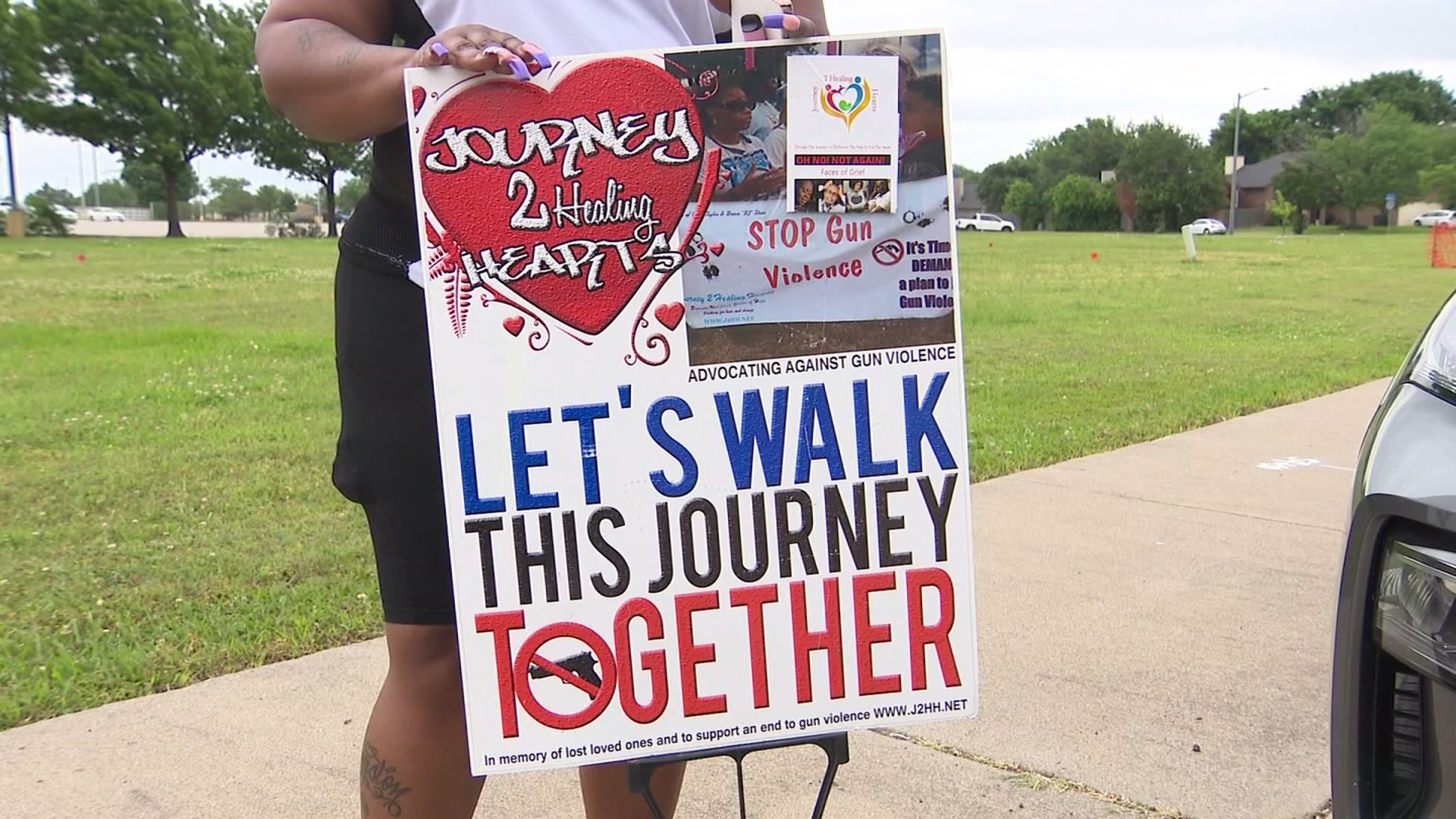The GOP-led Texas House approved a redistricting plan early Thursday that would all but guarantee a continued Republican majority -- albeit a smaller one than the party has now.
The map was approved on a 92-52 vote after a marathon debate that dragged into the wee morning hours Thursday. It would pit several Republicans against each other, the natural result of an unsustainably large supermajority.
Some Republican members and activists wanted to make the map a much bolder grab for conservative seats and limit the number of losses. But House leaders easily beat back those attempts. Either way, there is only so much they can do given the constraints of federal anti-discrimination laws and shifts in population away from conservative rural areas and toward the suburbs that have seen explosive and diverse population growth.
The emotional and heated debate ended up dragging on for some 16 hours, the longest single session in the House so far this year and testament to the importance lawmakers place on their own futures. The map faces a final procedural hurdle before it can move to the Senate.
"I recognize that some members are not going to be pleased with the results of the map," said Rep. Burt Solomons, the north Texas Republican who is leading the redistricting effort. "It's very personal ... to everyone here."
Republicans rode a conservative wave in the 2010 elections and now have a lopsided 101-49 majority in the 150-member House, a supermajority so big that they can conduct business even if Democrats don't show up for work. That didn't stop Democratic lawmakers from trying to derail the map Wednesday on procedural grounds, to no avail.
As the clock inched toward midnight, back-door negotiations among members from the Houston area idled the floor debate for over two hours, with more than a dozen redistricting amendments still on the plate. It took that long for them to agree on relatively minor precinct changes.
Local
The latest news from around North Texas.
With so many seats to protect, GOP leaders can't draw enough safe districts to protect all their incumbents in the next election, in 2012. Seats go where the population is, and initial proposals would draw several Republicans into the same districts, particularly in slower-growing East and West Texas and in Dallas County. Several freshman members who were elected with strong tea-party backing would be pitted against fellow GOP members under the proposal, assuming they choose to run again.
But two of them got a reprieve in an amendment that got unanimous approval.
Republican Reps. Jim Landtroop and Charles Perry, both from West Texas, would get separate districts under the proposal that would take a single seat out of the region for redistribution elsewhere. Perry and Landtroop called the new proposal a victory for the rural region. West Texas Democratic Rep. Pete Gallego scored a victory, too, by getting Loving County -- the state's smallest -- back into his district. It grew by 22 percent over the last decade -- from 67 to 82 people.
Statewide, 12 Republicans still face "pairings," meaning they would be drawn into the same districts.
Two Democrats would also be paired in the Houston area. One of them is Rep. Scott Hochberg, who said map drawers creatively split the 5401 Chimney Rock apartment complex, hoping for his demise. If the map became law, inhabitants of the complex could be in different state House districts depending on which unit they live in, Hochberg said.
Hispanics, who have accounted for two-thirds of Texas' population growth since 2000, are demanding more Latino-dominated seats in the redraw. The House map Solomons proposed would add one seat in which 50 percent of more of the district's registered voters would have Spanish surnames. The Voting Rights Act requires that the interests of minority voters be protected and potentially expanded during the redistricting process.
Beyond partisanship and racial issues, the debate got highly personal as members -- who seem to have perfect knowledge of their precincts and neighborhoods -- talked about where their own homes would be located and what cities they would represent.
"They're all political animals and this is the ultimate political board game," said veteran political observer Russ Tidwell of the Texas Trial Lawyers Association.
Endangered members were trying to save themselves -- generally by throwing other people overboard. GOP Rep. Linda Harper-Brown of Irving, first elected in 2002, sparred with freshman Rep. Rodney Anderson, R-Grand Prairie, over a proposal that combines their districts into one. But changes to Dallas County, from both of them, were soundly rejected.
Republican Rep. Jim Jackson said Anderson's proposal "messed with a lot of people" in his district.
"I thought I was an innocent bystander until I saw the last map and I found out I was a victim," he said.
Lawmakers are trying to draw new districts for themselves, Texas members of Congress and the State Board of Education -- but all of the modifications are sure to land in a courtroom with multiple legal challenges. Redistricting is required to account for population adjustments after the Census, and Texas is the fastest-growing large state, having added 4.3 million people since 2000.
AP Staff Writer April Castro contributed to this report.



